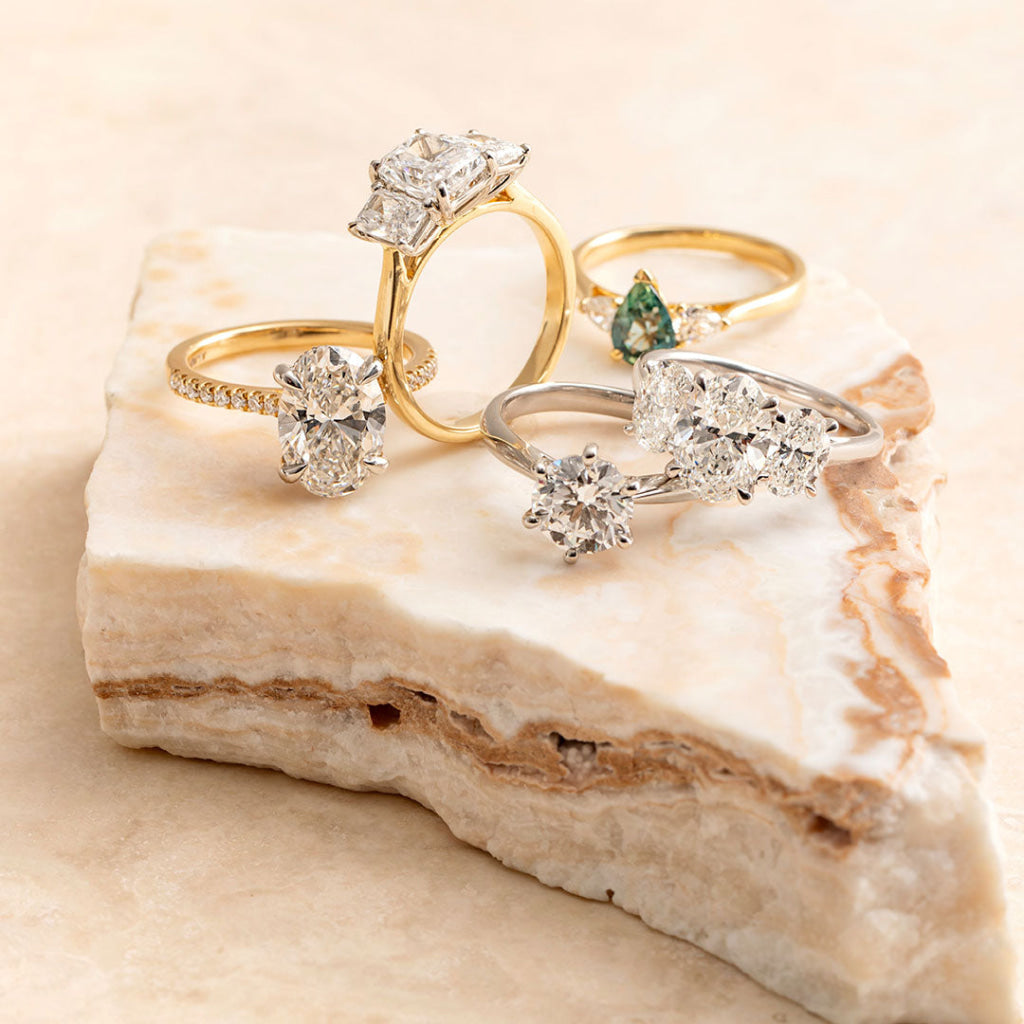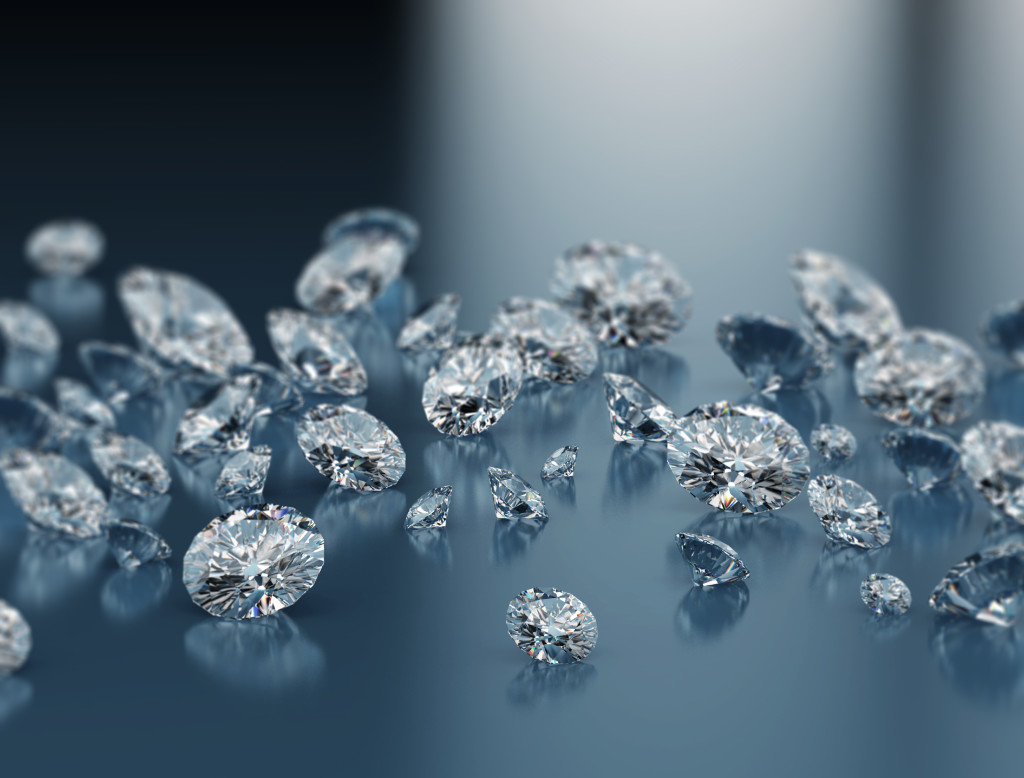Lab-Grown Diamonds: The Future of Luxury Jewelry

In the realm of fine jewelry, lab grown diamonsds cut have emerged as a revolutionary alternative to their natural counterparts. These exquisite stones, created through advanced technological processes, are not only stunning in appearance but also come with a myriad of advantages that appeal to today’s conscious consumer. This article delves deep into the captivating world of lab-grown diamonds, exploring their creation, benefits, and the reasons why they are becoming a preferred choice for many.
What Are Lab-Grown Diamonds?
Lab-grown diamonds, also known as synthetic diamonds or cultured diamonds, are created in controlled environments using methods that mimic the natural processes that form diamonds deep within the Earth. There are two primary techniques for producing these gems: High Pressure High Temperature (HPHT) and Chemical Vapor Deposition (CVD).
High Pressure High Temperature (HPHT)
The HPHT method replicates the high-pressure and high-temperature conditions found in the Earth’s mantle, where natural diamonds are formed. A diamond seed is placed in a chamber with carbon material and subjected to extreme heat and pressure, resulting in a gem that is chemically, physically, and optically identical to natural diamonds.
Chemical Vapor Deposition (CVD)
CVD, on the other hand, involves placing a diamond seed in a gas chamber filled with carbon-rich gases. Through a process of ionization, these gases break down, allowing carbon atoms to deposit on the seed and grow a diamond layer by layer. This method allows for greater control over the diamond’s characteristics, including color and clarity.
The Advantages of Lab-Grown Diamonds
1. Ethical Sourcing
One of the most compelling reasons consumers are choosing lab-grown diamonds is their ethical implications. Unlike natural diamonds, which can be mined in conflict zones and associated with human rights abuses, lab-grown diamonds are produced in controlled environments, ensuring that they are free from ethical concerns. By opting for these gems, consumers can wear their diamonds with confidence, knowing they have made a responsible choice.
2. Environmental Impact
The environmental footprint of diamond mining is significant. It involves extensive land disruption, water pollution, and habitat destruction. In contrast, lab-grown diamonds require significantly less land and resources to produce. The energy used in their creation is also increasingly sourced from renewable options, making lab-grown diamonds a more sustainable choice for eco-conscious consumers.
3. Cost-Effectiveness
Lab-grown diamonds are generally more affordable than their mined counterparts, often costing 20% to 40% less. This cost-effectiveness allows consumers to purchase larger or higher-quality diamonds than they could afford if opting for natural stones. This affordability makes lab-grown diamonds an attractive option for engagement rings, anniversary gifts, and other significant purchases.
4. Quality and Variety
Lab-grown diamonds offer an impressive range of quality and characteristics. With precise control over the growing environment, these diamonds can be engineered to achieve specific grades in terms of clarity, color, and carat weight. Additionally, consumers can select from a variety of colors, including fancy hues like pink, blue, and yellow, which are rarer and often more expensive in natural diamonds.
Lab-Grown Diamonds vs. Natural Diamonds: Understanding the Differences
While lab-grown diamonds share the same physical and chemical properties as natural diamonds, there are subtle differences that consumers should consider:
1. Certification
Both lab-grown and natural diamonds can be certified by reputable organizations such as the Gemological Institute of America (GIA) or the American Gem Society (AGS). However, lab-grown diamonds are typically labeled as “synthetic” or “lab-created” on their certification reports. This transparency allows consumers to make informed choices.
2. Value Retention
Natural diamonds have historically retained value and even appreciated over time. In contrast, lab-grown diamonds, while beautiful, currently have a lower resale value. As the technology improves and the market expands, the perception of lab-grown diamonds may evolve, potentially affecting their long-term value.
3. Market Perception
While lab-grown diamonds are gaining popularity, they still face challenges in market perception. Some consumers prioritize the traditional aspect of natural diamonds, viewing them as more prestigious or romantic. However, as awareness grows and attitudes shift, lab-grown diamonds are increasingly seen as a modern, innovative choice.
The Future of Lab-Grown Diamonds
As technology continues to advance, the future of lab-grown diamonds appears promising. The market for these diamonds is expected to grow significantly, driven by consumer demand for ethically sourced, environmentally friendly, and affordable luxury products. Brands are also beginning to embrace lab-grown diamonds, incorporating them into collections that cater to modern consumers.
1. Innovation in Design
With the rise of lab-grown diamonds, designers are experimenting with innovative cuts and settings, allowing for unique and personalized pieces. This creativity will further enhance the appeal of lab-grown diamonds, attracting consumers who seek individuality in their jewelry.
2. Education and Awareness
As more people become aware of the benefits of lab-grown diamonds, educational efforts by industry leaders will play a crucial role in shaping public perception. By highlighting the ethical, environmental, and economic advantages, the industry can pave the way for wider acceptance and understanding.
3. The Rise of Customization
The demand for personalized jewelry is on the rise, and lab grown diamonds lend themselves well to customization. Consumers are increasingly interested in unique designs that reflect their personalities, making lab-grown diamonds a perfect fit for custom creations.
Conclusion
In conclusion, lab-grown diamonds represent a sustainable, ethical, and affordable alternative to natural diamonds, making them an ideal choice for the discerning consumer. With their stunning beauty, variety, and innovative manufacturing processes, lab-grown diamonds are reshaping the luxury jewelry market. As technology advances and consumer awareness grows, these captivating gems will undoubtedly carve out a significant place in the future of fine jewelry.




